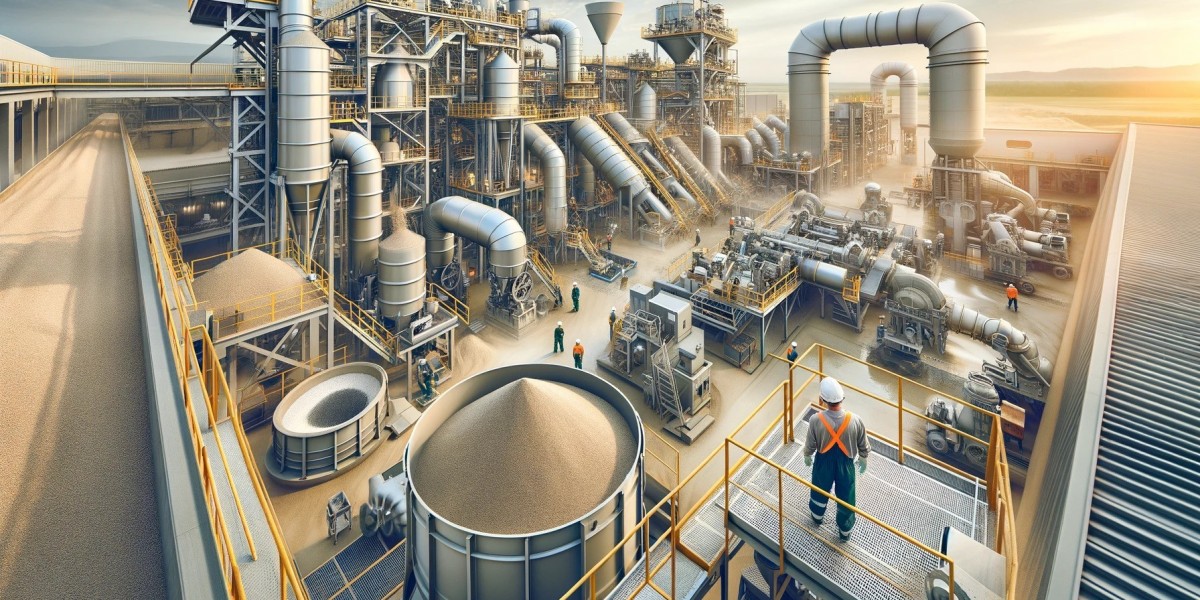Sand Purification
Sand purification is primarily about removing unwanted materials like clay, silt, and organic impurities that can compromise the sand's quality. The first step in purification is typically washing. Sand is washed with water to remove these impurities. This process is often coupled with sieving, where sand is passed through various screens to separate particles by size, ensuring uniformity.
After washing and sieving, sand undergoes further purification techniques such as magnetic separation, which removes iron compounds, and flotation processes that separate lighter particles from heavier ones. Each purification step is crucial in achieving the high-quality sand needed for specific construction purposes, whether its for concrete, mortar, or asphalt.
Processing Techniques for Construction Sand
Once purified, the sand must be processed to meet specific industry standards and project requirements. Processing involves adjusting the grain size distribution and sometimes enhancing the sand's properties through additives. Techniques like crushing and grinding adjust the grain size to produce finer sand for specific applications like plastering.
Another important process is blending. Sand is often blended with other types of sand or additives to achieve the desired properties such as improved workability or increased resistance to weathering. This customization is essential in meeting the diverse needs of construction projects and ensuring the final product's integrity.
Environmental Impact of Sand Processing
The environmental impact of sand purification and processing is significant and requires careful management. The use of large amounts of water in washing sand can lead to water wastage and pollution if not properly managed. Similarly, the dust produced in the crushing and grinding processes poses air quality and health risks.
To mitigate these impacts, many sand processing plants now use water recycling systems to minimize water usage and wastewater treatment technologies to ensure that water discharged back into the environment is clean. Dust suppression measures, such as mist cannons and enclosed processing equipment, are also common practices that help reduce the release of particulate matter into the atmosphere.
Technological Advances in Sand Purification
Technology plays a crucial role in enhancing the efficiency and effectiveness of sand purification processes. Advanced equipment like hydrocyclones and centrifuges are increasingly used for their precision in separating fine particles from sand. These technologies not only improve the quality of sand but also increase the speed and reduce the cost of the purification process.
Furthermore, automation and real-time monitoring systems are becoming standard in sand purification plants. These systems allow for constant monitoring of the process, adjusting parameters instantly to maintain quality while minimizing waste and reducing manual labor.
The Role of Sand Suppliers
Choosing the right sand suppliers suppliers is critical in the construction industry. Suppliers who invest in advanced purification and processing techniques can provide higher quality sand that meets stringent specifications. Working with reputable sand suppliers ensures that the sand has been responsibly sourced and processed, supportingsustainability in the construction industry.
Securing a Sustainable Future with Quality Sand
The purification and processing of construction sand are complex but crucial steps in ensuring the material's quality and suitability for construction purposes. From washing and sieving to more advanced techniques like magnetic separation and the use of cutting-edge technology, each step is designed to meet the increasing demands of the construction industry.
By understanding these processes and the importance of sourcing from responsible sand suppliers, stakeholders can ensure that the materials used in their projects are not only effective but also sustainable. This comprehensive look at sand purification and processing highlights its critical role in building a resilient and durable future.







